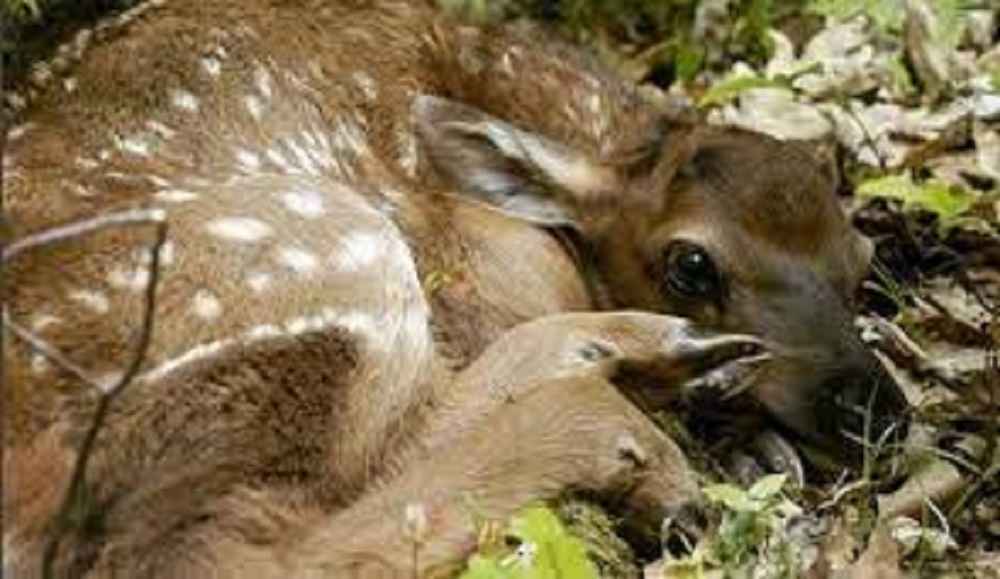Elk (Cervus canadensis) typically calve in the spring, usually between late May and early June.
Elk, also known as wapiti, are a species of deer native to North America and are one of the largest members of the deer family. Understanding the timing and process of elk calving is important for wildlife enthusiasts and those involved in conservation and management efforts.
This article provides a comprehensive overview of when and how elk calve.

What are Elk?
Physical Characteristics of Elk
Elk are known for their large size and distinctive antlers, which are only present on male elks. They can weigh between 500 to 800 pounds and stand about 4 to 5 feet tall at the shoulder. They have a brown fur coat and a white rump patch that is easily recognizable.
Distribution and Habitat of Elk
Elk are found throughout North America, from southern Canada to northern Mexico. They inhabit a variety of habitats, including forests, grasslands, and wetlands. Elk are highly adaptable and can live in a wide range of environments, making them a common sight in many areas.
Elk as one of the Largest Members of the Deer Family Elk are one of the largest members of the deer family and play a significant role in maintaining the balance of ecosystems they inhabit. They are an important source of food for predators such as wolves and mountain lions, and their grazing habits help shape the vegetation in their habitats.
Elk Calving Season
When do Elk Calve?
Elk typically calve in the spring, usually between late May and early June. This is the time when the female elk, also known as cows, give birth to their young. The exact timing of elk calving can vary based on several factors, including climate and weather, food availability, and mating and reproductive behavior.

Factors Affecting Elk Calving Season
Climate and Weather
Elk calving season is heavily influenced by the weather and climate in their habitat. Milder temperatures and adequate rainfall can result in an earlier start to the calving season, while colder temperatures and dry conditions can lead to a later start.
Food Availability
The availability of food is also an important factor in determining the timing of elk calving. Elk require a high-quality diet of grasses and shrubs to support their nutritional needs during the calving season. Areas with limited food supplies may see a delay in the start of the calving season until food becomes more abundant.
Mating and Reproductive Behavior
The timing of elk mating and reproductive behavior can also influence the timing of calving. Female elk typically mate in the fall and carry their young for about eight months before giving birth in the spring. The exact timing of mating can vary based on a variety of factors, including food availability, competition for mates, and habitat conditions.

Regional Differences in Elk Calving Season
The timing of elk calving can vary based on regional differences in climate and habitat. For example, elk in warmer, southern regions may start calving earlier than those in colder, northern regions. It is important to consider regional differences when studying elk calving patterns.
